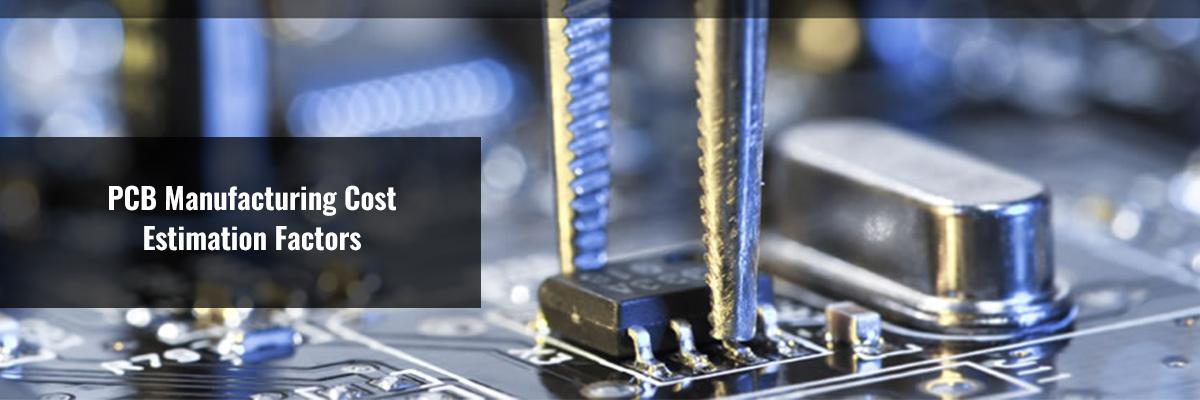A customer who is new to the PCB industry often gets confused with the way manufacturers price their products. Manufacturers estimate the PCB assembly cost after considering several factors. Hence, it is important that a customer have a clear understanding on various cost estimation factors before approaching a PCB manufacturer with his specifications. This helps the application user better plan and price his PCB projects.
PCB Cost Estimation Factors
PCB manufacturers calculate the price of a PCB after accessing the following factors.
-
Panel Size
The basic raw material used for constructing PCBs is the panel. The overall size of panel utilized for a particular PCB project affects the final cost. The bigger the size of the panel, the higher will be the initial cost.
-
Lead Time
This is a significant factor of consideration when estimating cost for PCB manufacturing and assembly. Additional cost will be incurred for projects that need to be completed in a shorter lead time.
-
Layers
The cost involved in manufacturing single sided and double sided PCBs are more or less similar.However, fabricating multi layered PCBs costs you more as it involves several intricate manufacturing processes and purchase of additional raw materials.
-
Inspection Charges
The final PCBs undergo rigorous quality checks to ensure quality and electrical functionality of the unit. Along with electrical testing, manufacturers may conduct impedance testing, ionic testing, etc. before the product is shipped to end customers. These inspections can add 10% to 15% to the cost of the project.
-
Surface Finish
Considering the aggressive nature of the PCB application areas, the boards are protected with corrosion resistant surface finishes. Highly specialized surface finishing, coating, and painting options are available to enhance the durability of the PCB assembly. Upon request, manufacturers can use several gold and silver finishes to achieve enhanced protection for use in demanding industrial applications. The cost varies depending on the type of surface finish you choose.
-
Size and Count of Drills
Another significant cost-determination factor in the PCB manufacturing is the size and number of drill holes. For projects that require drilling of small sized hole, less than 0.012, incur additional cost. This is because manufacturers may need advanced laser drill techniques to drill small holes. Manufacturers would need to adjust their manufacturing processes and technique to drill more holes with smaller sizes, which in turn can add 10% to 20% to the overall cost of the project.
-
Type and Size of Raw Materials
PCBs are manufactured using several materials that exhibit excellent wear, tear and corrosion resistant properties. Some of the materials used for manufacturing include, polyimide, copper foil, and fiber glass. A fabricator requires more raw materials to produce a multi-layered PCB assembly, than he would if he was fabricating a single layered PCBs. Smaller thinner boards require similar components as well. The cost of smaller products is much higher compared to bulkier products. The tooling machines used will also require more precision to handle such components. Hence, the type and size raw materials significantly affects the price of the final assembly.
-
Filling vias
Vias in the PCBs are usually not filled completely. However, for some specialized projects, customers request for filling the vias fully. In such cases, fabricator uses specialized non-conductive or conductive material to do the job. This process will add 10% or more to the cost of the PCB.
-
Add-ons
Some projects demand additional fabrication on the standard circuit board. Customers may have specialized requirements such as including counter-bores, countersinks, complex routing, and controlled depth drilling to the final assembly. All these processes require additional manufacturing operations, advanced technique, and cutting-edge tooling. This additional fabrication will add at least 5% to 10% or more to the cost of the PCB.
Above mentioned are some of the factors that a manufacturer considers while preparing a PCB online quotation. Understanding the standard cost estimation factors help a customer to understand cost adders when ordering PCBs.


.png)